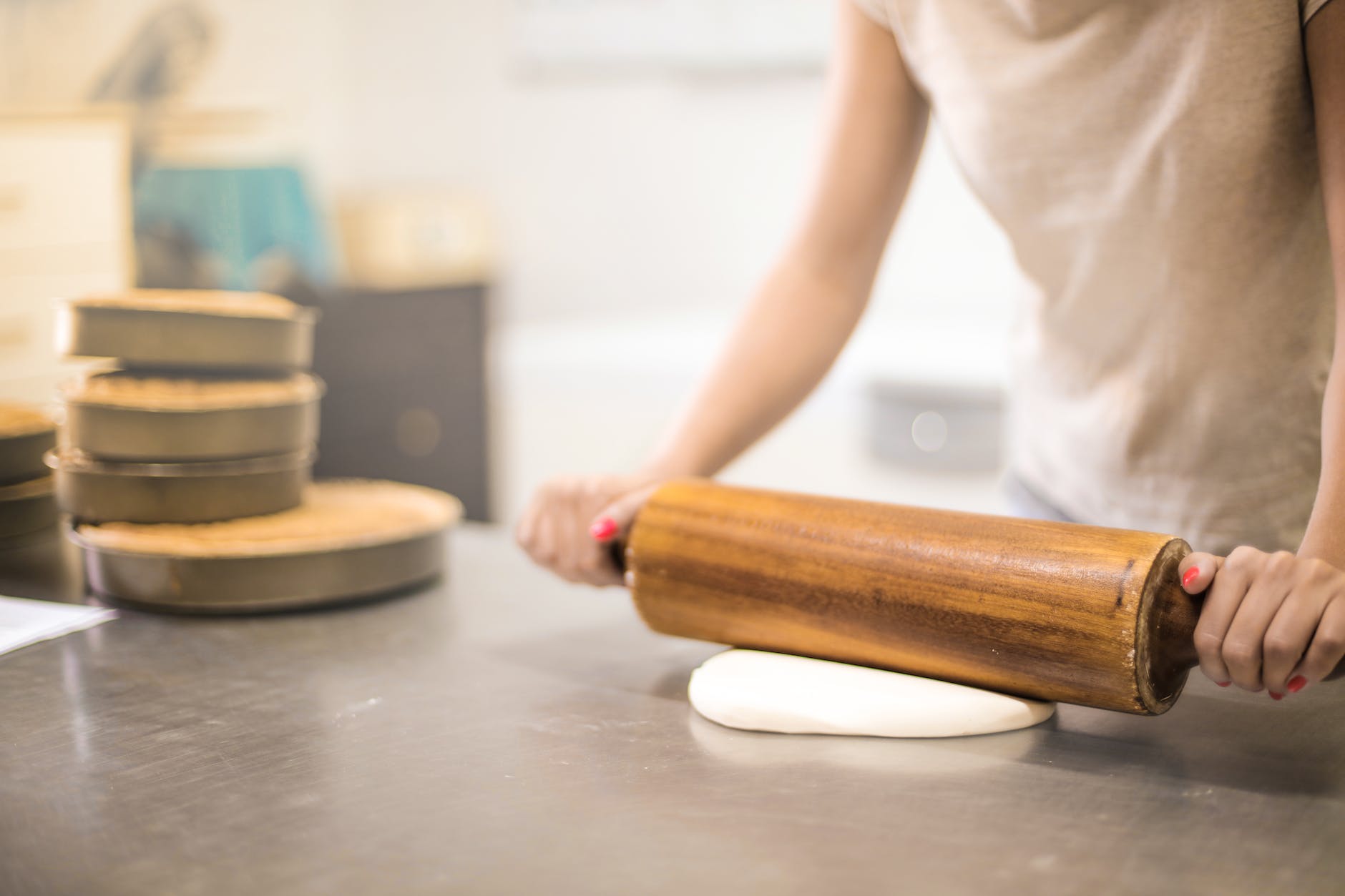Nikita Fiji, Senior Field Application Scientist at Oxford Nanopore Technologies (ONT), was the speaker for the Masterclass at London Calling 2023 I watched tonight… on our first day in a cabin in the mountains. The title of this twenty-minute course is “How to select the right library prep workflow for your experiment.” Fiji shared the diagram ONT uses for “sample to answer” focusing on considerations for sample preparation for DNA, RNA, and cDNA sequencing. The introduction was a quick overview of how Nanopore DNA/RNA sequencing happens. When the library is loaded onto the flow cell, the motor protein helps the RNA pass through the nanopore causing an electrical signal that is interpreted into sequence data. There are direct DNA and RNA sequencing workflows as well as PCR-based approaches. When planning an experiment, Fiji explained, we start with raw sample and how to extract the desired DNA/RNA nucleic acid. This decision will influence the library prep, sequencing, and bioinformatics… and this will in turn influence these steps. Fiji shared that the Kit14 has a “high-capture feature” that allows “greater chance for the second strand to translocate through the pore immediately after the first strand” which is called duplex. Duplex accuracy can be Q30+! There are two main chemistries for DNA: ligation prep optimized for output, such as human WGS, and rapid kits optimized for speed. The ligation-sequencing kit is the most popular one, noted Fiji, and takes about sixty minutes. There is a bead cleanup step. The native barcoding kit can take up to 140 minutes. The rapid kits take only ten minutes because of the use of a transposase-mediated cleavage and tagging of fragment ends. Rapid kits are useful for long DNA since the DNA is cleaved during the process. Plasmids can be prepared with rapid kits without the need to linearize. The ultra-long DNA sequencing kit is optimized for ultra -long reads and has an overnight elution step. I have been curious about this kit though read elsewhere that it requires ug amounts of DNA. The PCR-based DNA library prep kits available are useful when sample DNA is limiting. PCR-based kits can be multiplexed. Targeted sequencing options listed by Fiji include 16S barcoding kits, Cas9 sequencing kits, and adaptive sampling. The first two require less than 10 ng of input DNA, and adaptive sampling is entirely software based. RNA library prep allows for direct RNA sequencing with a quick library prep avoiding PCR bias. Interestingly, the RNA strand is stabilized with a cDNA “scaffold” to minimize secondary structure! cDNA library prep is available with a PCR step. There are also single-cell options. Fiji noted that several companies have worked with ONT to develop automation solutions, including automation of the Native Barcoding Kit 96 v14 on the epMotion 5075. While most of these kits are updates on existing library prep options now optimized for v14 chemistry, I appreciate the explanations that were shared. I now have more information about native barcoding and cDNA PCR options that may be useful for bacterial transcriptomics. Fiji ended by recommending that users review the protocols online and the ONT Protocol Builder tool.



